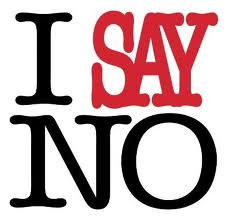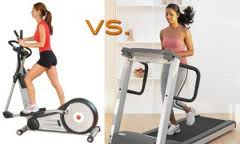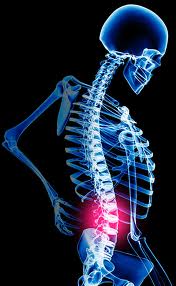It’s OK to Say “No”
Posted in Health on 01/09/2013 11:54 pm by CC

“No.” It’s a small word made up of two consecutive letters that are squeezed into the middle of the alphabet. Alone, neither letter has much meaning, but put together with no anchors on either side, they pack a pretty big punch. Such a big punch that many of us would rather avoid using it.
The use of “no” doesn’t start off as taboo, however. It’s among the first words that toddlers speak, because let’s face it, caretakers use it often.
As the minds of toddlers grow, an increased understanding of the power of such a word makes them feel in control when they wield it. “No, it’s not bedtime yet.” “No, I don’t want to eat that.” “No, Mommy. No!”
When interacting with teens, that two-letter word later evolves into a something that resembles a short-range missile, because of its propensity to launch parent/child wars when one party feels the need to exercise authority, and the other feels the need to express outrage for the injustices being forced upon them. Sound familiar?
Parent-child relationships aren’t the only ones that become strained when “no” is tossed into the air. Business, casual, and personal relationships can also suffer when one person fixes their mouth and emits a sound that represents the shortest form of verbal rejection. For that reason, “no” makes us feel guilty, so we limit use of it. When we know that our schedules can’t handle another commitment, we still subconsciously erase “no” from our vocabulary and become “yes men”.
“That promotion is so close, I can feel it. Better to be thought a ‘kiss-up’ than someone who’s not a team player.”
“If I don’t volunteer to run that program at my child’s school, it will cease to exist.”
“I know that I should enforce house rules, but I’m afraid my child will resent me.”
“If I don’t serve on that committee, people might think I’m lazy or don’t care about important causes.”
“No” becomes a bad word. “Yes” boosts our ego and our reputation.
I’ll be the first to admit that I was addicted to “yes”; I’ll blame it on the control freak in me.
When our sons’ Scout unit needed a leader, I took the reins. When our youngest daughter’s school needed a PTA Vice President, I was the gal for the job. When other volunteers weren’t able to carry out their responsibilities, I stepped in and donned as many additional hats as were needed.
All of that volunteering led me straight down a road to mental and physical burnout. That’s when I found my “no” voice. I often joke that I was born with a “help” gene, but I now recognize that gene dormancy can be a good thing.
Hanging up most of my volunteer hats has allowed me to spend more time with my family, live with less stress, develop hobbies, and participate in women’s Bible study sessions at church.
I am no longer a “yes girl”, because my limits have been tested and boundaries drawn as a result.
If it’s a struggle for you to decline invitations to assist in everything from chairing a committee that collects pennies for a new school playground to keeping the earth from spinning out of orbit, I urge you to simply say “no”. Your emotional, mental, physical, and relational health depend on it.
CC




 strategically placed within reach of just about anyplace that I plan to spend a lot of time: my desk, my vehicle, my purse (usually very close by), and my nightstand. I pretty much have my bases covered, but there have been a few close calls. Like the time I switched purses and forgot to transfer my lip balm between them. Or the time my lip balm rolled off my nightstand and was “lost” for two days. Then there was that other time (or two) when I thought a coworker pilfered it for some unknown torturous reason.
strategically placed within reach of just about anyplace that I plan to spend a lot of time: my desk, my vehicle, my purse (usually very close by), and my nightstand. I pretty much have my bases covered, but there have been a few close calls. Like the time I switched purses and forgot to transfer my lip balm between them. Or the time my lip balm rolled off my nightstand and was “lost” for two days. Then there was that other time (or two) when I thought a coworker pilfered it for some unknown torturous reason.



